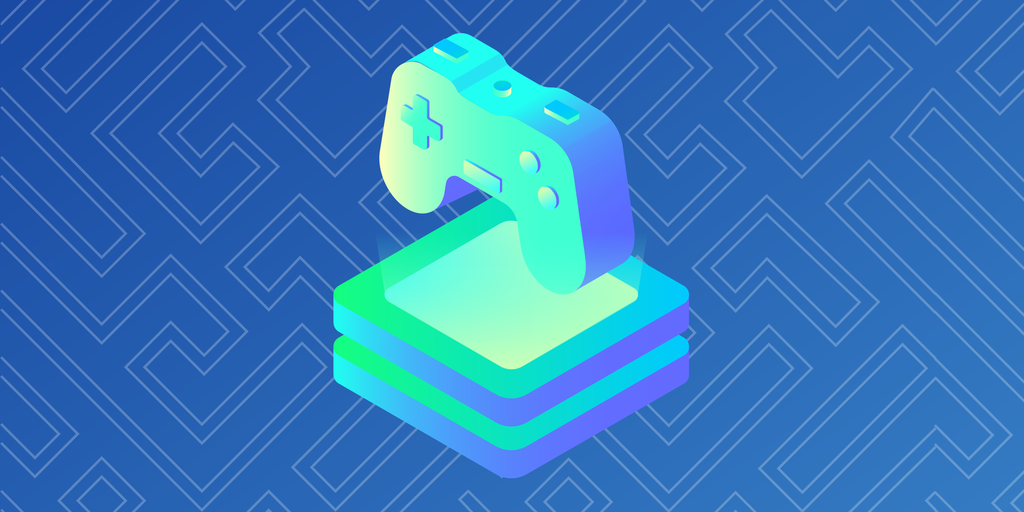What Is Notcoin? Behind the Telegram-Based Game and Airdrop Details - Decrypt
03/27/2024 11:31
Still trying to figure out what the deal is with Notcoin? As the NOT token airdrop nears, here's a look at the Telegram-based clicker game.
Notcoin is a Telegram-based game that has captured the attention of millions of players over the past few months. The game has racked up 30 million total players, and hit a recent peak of five million daily active users. That’s vastly larger than most crypto games.
The game, created by Open Builders, is based within the Telegram messaging app, and will launch a token on The Open Network (TON) sometime in the coming weeks. Its founder previously told Decrypt that the team sees it as a unique way to distribute tokens to community members in a fair manner.
What could motivate 30 million players to tap a golden coin in a messaging app? Crypto rewards, of course! Here’s what you need to know about Notcoin and the upcoming token.
What is Notcoin?
Notcoin, simply put, is a social clicker game. Players who want to earn in-game coins can open up the Telegram app, tap the Notcoin bot, invite friends to the game, and dive in.
Once you’re in the game, a gold coin is displayed on your screen—and you tap the coin to earn an in-game currency called Notcoin. You’re given limited energy that depletes and then refills slowly over time, so you can’t click endlessly without barriers.
As you earn more and more Notcoin, you climb up a global leaderboard that’s broken into different tiers—from Silver league to Diamond league. Players can earn extra tokens by completing quests that usually involve actions such as following a Twitter account or joining a Telegram community.
Players can also use “boosts” or power-ups in the game that increase their earning potential. There are two categories of free boosts that refresh daily, the “Full Energy” and “Turbo” boosts, as well as additional permanent boosts that players can buy with their Notcoin. Such perks let players increase how many coins they earn per tap and how much energy they can spend at once, plus there’s an Auto-Tap bot that keeps collecting coins while you’re away.
Players can use the Notcoin they’ve earned to purchase cosmetic upgrades to change the background of the game, or what the coin they’re tapping looks like.
What is the NOT token?
After all that, you might still be wondering: Why are 30 million people tapping a coin to earn an in-game currency? The Notcoin team announced an airdrop for a real token that will be awarded to players, after being cagey about the possibility at first. The token, called NOT, will eventually go live on The Open Network (TON)—the network that Telegram itself originally founded—and be exchangeable for the in-game Notcoin that players have been earning.
When is the NOT token launching?
The Notcoin team has been particularly mysterious about when the token will launch. Recently, they deployed a glitch-like graphic that briefly appeared on players screens saying “7 Days.” They followed up the glitch with a post in the community channel, letting players know that the “mining phase” would end on April 1st—and then a new phase of the game would begin.
A Notcoin representative told Decrypt’s GG that while they couldn’t confirm when exactly the airdrop will occur, that it will happen within two weeks of the March 25 announcement.
Pre-market vouchers
Leading up to the airdrop, the Notcoin team recently launched an NFT voucher program. Any player with over 10 million Notcoin earned can convert their Notcoin (in 10 million increments) into NFT vouchers.
The vouchers can be bought, sold, or traded before the actual launch of NOT, allowing players to speculate on the eventual price of the real token. At the moment, Notcoin vouchers are trading for around 10 TON per voucher, or around ~$50.
Players who don’t have 10 million Notcoin need not worry—their Notcoin will become directly exchangeable for NOT when the token goes live, and they’re not really missing out on anything by not partaking in the voucher system. Well, besides a little bit of speculation.
Edited by Andrew Hayward